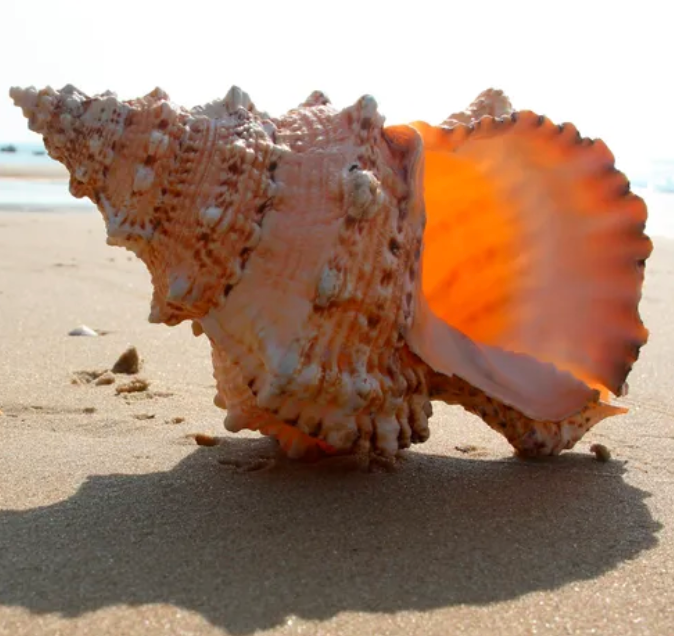Can a Conch Shell Help You Sleep Better?
Practicing shankh blowing — a traditional respiratory exercise — may be a novel, low-cost way to help manage sleep apnea symptoms.
By
Lana Pine
| Published on August 12, 2025
4 min read
Credit: HowStuffWorks

A recent study explored whether a traditional breathing practice called shankh blowing (blowing into a conch shell, which strengthens respiratory muscles) could help people with moderate obstructive sleep apnea (OSA).
“In my clinical practice, several patients reported feeling more rested and experiencing fewer symptoms after regularly practicing shankh blowing — a traditional yogic breathing exercise involving exhaling through a conch shell,” said lead investigator Krishna K. Sharma, M.D., from the Eternal Heart Care Centre and Research Institute in Jaipur, India. “These observations led us to design a scientific study to rigorously test whether this simple, ancient practice could serve as a meaningful therapy for people with OSA.”
The standard treatment for OSA is typically a continuous positive airway pressure (CPAP) machine. While effective, many patients feel it is uncomfortable, which reduces adherence and impacts management. Plus, for those with milder OSA, the odds of treatment success with CPAP is reduced, making the need to explore alternative therapies more important than ever.
In the study, 30 adults aged 19 to 65 years with moderate OSA and daytime sleepiness took part in the trial, with 16 placed in the control group (a sham breathing exercise) and 14 who practiced shankh blowing for six months. They were enrolled at the Eternal Heart Care Centre and Research Institute in Jaipur, India.
Patients in the intervention group learned the proper holding and blowing technique, along with how to adjust the sound using controlled breathing. They were advised to practice at home for a minimum of 15 minutes, five days per week. Those in the control group practiced deep breathing exercises for the same amount of time and number of days per week.
The mean age of patients was 50 years, 66% were male and approximately half of participants had a history of hypertension.
Key findings after 6 months:
- Daytime sleepiness dropped by 34% in the shankh blowing group — a bigger improvement than in the control group — according to the Epworth Sleepiness Scale (ESS).
- Sleep quality also improved more in the shankh blowing group, with better Pittsburgh Sleep Quality Index (PSQI) scores.
- The apnea-hypopnea index (AHI) — a measure of how many times breathing stops or becomes shallow per hour of sleep — was significantly reduced in the shankh blowing group.
Investigators believe shankh blowing strengthens respiratory muscles, which may help keep the airway open during sleep.
The study was carefully designed to reduce bias, but investigators also pointed to some limits: It was small, done at one center and didn’t track every possible oxygen-related measurement. Additionally, the breathing practice wasn’t supervised regularly, so researchers relied on participants’ logs to confirm they weren’t doing other treatments.
The team plans on conducting a larger trial involving several hospitals in order to confirm and expand their findings among a more diverse group of patients, as well as to determine how shankh blowing performs over longer periods of time. They would also like to compare this therapy with standard treatments, such as CPAP, and assess whether this method could help patients with more severe forms of OSA.
“For people living with OSA, especially those who find CPAP uncomfortable, unaffordable, or inaccessible, our findings offer a promising alternative,” concluded Sharma. “Shankh blowing is a simple low-cost, breathing technique that could help improve sleep and reduce symptoms without the need for machines or medication.”

